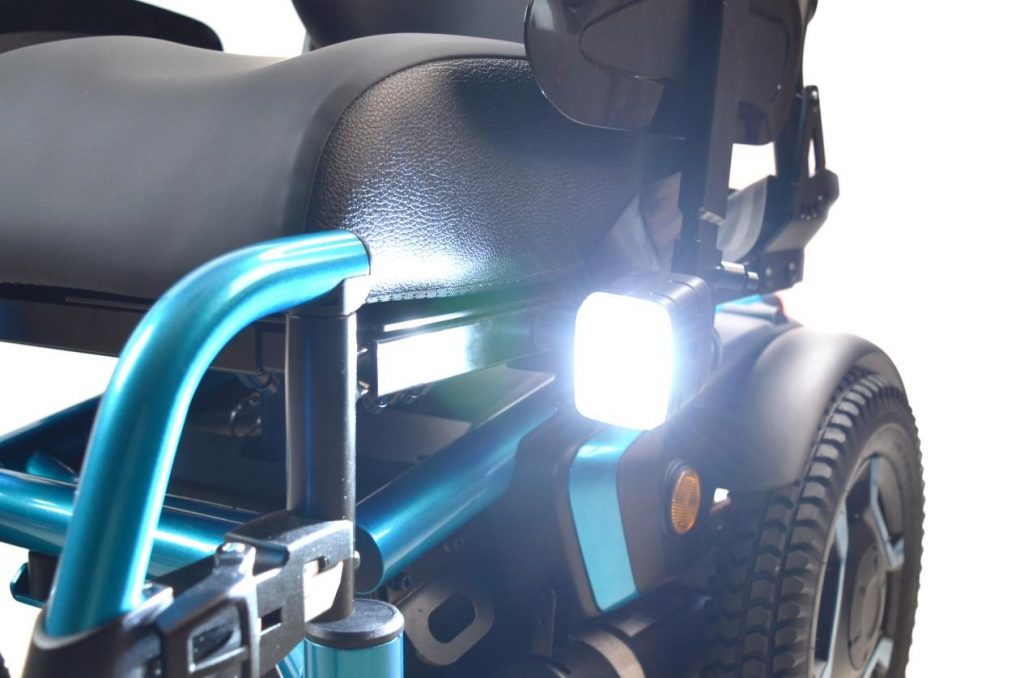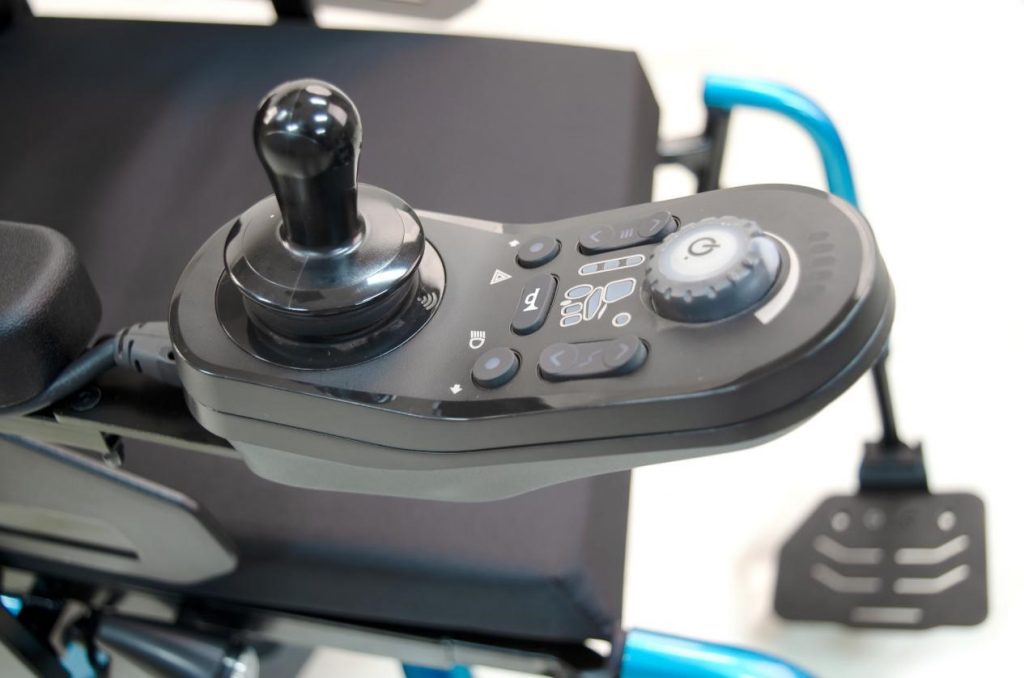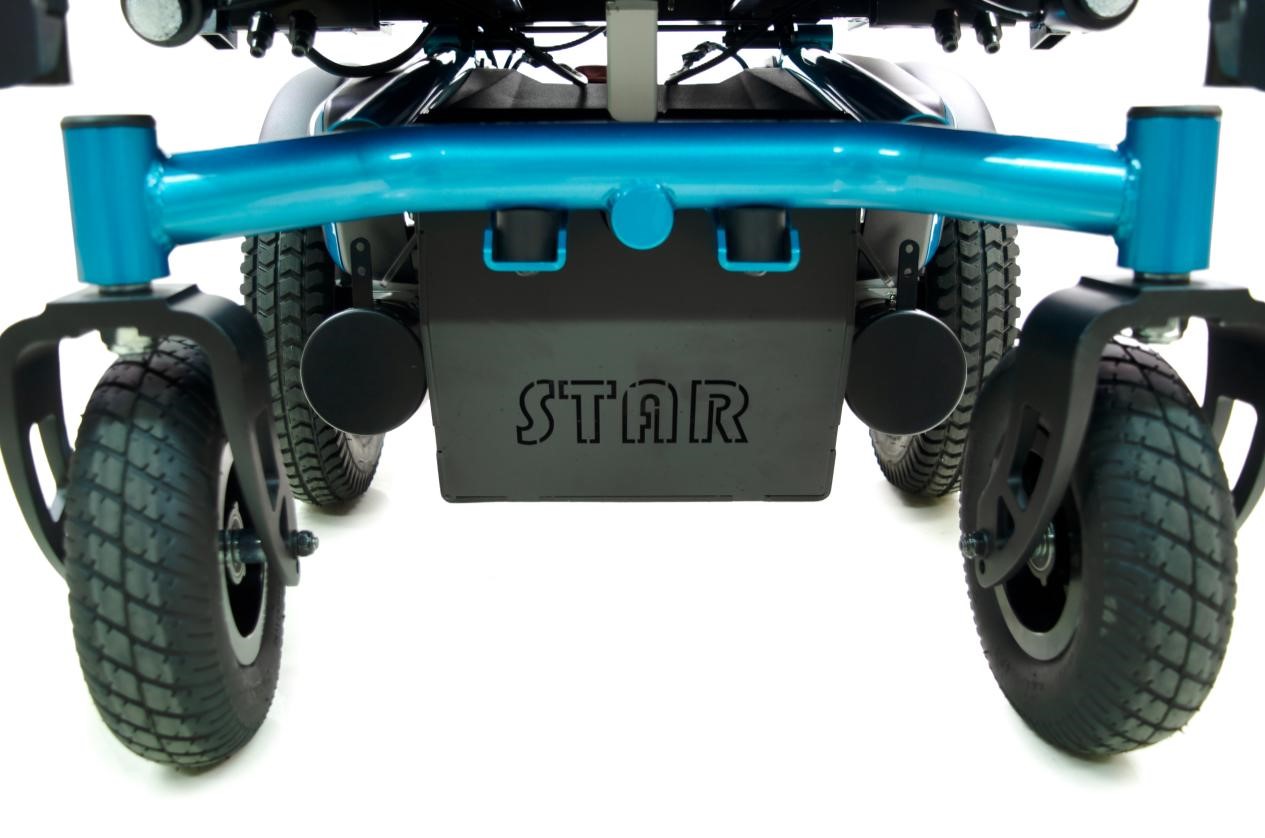Contact Us
Why Choose a Motorized Wheelchair Essential Benefits Explained
Understanding the Basics of Wheelchairs
Manual vs. Motorized Wheelchairs
When deciding between a manual and a motorized wheelchair, understanding their key differences is crucial. A manual wheelchair requires the user to propel the wheels manually, either through their own effort or with help from another person. This type of wheelchair is typically lighter and easier to transport, but it requires significant physical effort to operate. On the other hand, a motorized wheelchair is powered by an electric motor and controlled with a joystick or similar device. This automation greatly reduces the physical effort needed, making it a better choice for individuals with limited mobility or strength.
Key Components of a Wheelchair
Both manual and motorized wheelchairs include several vital components that contribute to their functionality and comfort.
- Frame:Forming the skeleton of the wheelchair, supporting other components like the seat, backrest, and footrests.
- Wheels:Available in various sizes and configurations, are essential for movement, with motorized wheelchairs featuring powered wheels.
- Control system:Especially in motorized wheelchairs, the control system facilitates user navigation and settings adjustments. Additionally,
- Seating system:Seating and cushioning play a crucial role in ensuring user comfort during prolonged use.
Each of these components can be customized based on specific needs, giving users the flexibility to select a wheelchair that best suits their requirements.
Benefits of a Motorized Wheelchair
Enhancing Mobility Independence
One of the foremost benefits of a motorized wheelchair is the enhancement of mobility independence. Users who might struggle with the physical demands of a manual wheelchair can easily navigate their environment using a joystick or similar control. This increased ease of movement extends to both indoor and outdoor settings, allowing users to participate more actively in daily activities, social events, and outdoor excursions. With greater independence, individuals experience an improved quality of life, less reliance on caregivers, and the freedom to explore various environments without the concern of physical exhaustion.
Improved Comfort and Control
Motorized wheelchairs are designed with a focus on user comfort and precise control. These wheelchairs feature adjustable settings that allow users to customize and maintain comfortable positions throughout the day. Common features include adjustable seats, reclining backrests, and customizable footrests, tailored to meet individual needs and preferences. Advanced models also include sophisticated suspension systems that absorb shocks and vibrations, ensuring a smoother ride. The intuitive controls offer responsive handling, enabling users to navigate tight spaces and challenging terrains with ease and confidence.
As a renowned brand in the medical wheelchair industry, INTCO Medical is a high-tech enterprise dedicated to the research and development, production, and marketing of medical consumables and durable medical equipment. Our main business encompasses medical consumables, rehabilitation equipment, and physiotherapy care, among others.
How to Motorize a Manual Wheelchair
Conversion Kits for Wheelchairs
Conversion kits offer an innovative and cost-effective solution for those looking to upgrade a manual wheelchair into a motorized one. These kits generally include motors, battery packs, and control systems designed to fit various models of manual wheelchairs. Depending on the user’s needs and existing wheelchair design, different types of conversion kits are available.
Types of Conversion Kits Available
There are primarily two types of conversion kits: front-mounted and rear-mounted.
- Front-mounted kits:Typically include a powered front wheel and a handlebar or joystick for navigation, making them suitable for navigating smooth surfaces and tight spaces.
- Rear-mounted kits:Attaching motors and control systems to the back wheels, offer enhanced traction and power, making them ideal for uneven terrains and outdoor environments.
- Conversion kits:Varying in terms of complexity and features, with some offering advanced options like foldability and removable components for added convenience.
Installation Process and Considerations
Installing a conversion kit onto a manual wheelchair can be a straightforward or complex process, depending on the type of kit and the wheelchair model.
Front-mounted kits are generally easier to install, often requiring minimal tools and adjustments.
Rear-mounted kits might necessitate more substantial modifications, such as altering the wheel axles and integrating the control system into the wheelchair’s frame. It’s crucial to follow the manufacturer’s instructions carefully to ensure a proper and secure fit.
Additionally, considering the user’s specific needs and the intended use of the wheelchair—such as indoor navigation versus outdoor activities—can influence the choice and installation process of the conversion kit. Consulting with a professional or seeking assistance from the kit’s provider can enhance the overall installation experience.
Custom-Built Motorized Solutions
For individuals with unique needs or specific preferences, custom-built motorized solutions offer a tailored approach. Custom-built motorized wheelchairs are designed from the ground up to meet detailed specifications, providing an unparalleled level of customization. This option can address various aspects such as the user’s body dimensions, weight requirements, preferred control mechanisms, and additional features like specialized seating or advanced suspension. While more costly, custom-built motorized solutions often result in a highly personalized product that maximizes comfort, usability, and satisfaction. Collaborating with experienced manufacturers and healthcare professionals ensures that the final product precisely meets the individual’s needs, providing a practical and enduring mobility solution.
Choosing the Right Motorized Wheelchair
Factors to Consider in a Motorized Wheelchair
Selecting the right motorized wheelchair involves evaluating several key factors to ensure the chosen model aligns with the user’s lifestyle and needs.
Battery Life and Charging Needs
One critical consideration is the wheelchair’s battery life and charging requirements. It’s essential to assess how long the battery lasts on a single charge and the typical duration of daily usage. Powerful batteries enable extended mobility, reducing the frequency of recharges. Users should also consider the convenience of the charging process, such as the availability of quick-charge options or swappable batteries, which can significantly enhance the wheelchair’s usability.
Weight Capacity and Dimensions
The weight capacity and dimensions of a motorized wheelchair are vital factors that influence its suitability. Ensuring that the wheelchair can support the user’s weight comfortably is fundamental for safety and performance. Additionally, dimensions such as seat width, height, and overall footprint must be compatible with the intended usage environment, whether it’s navigating narrow indoor spaces or maneuvering through outdoor terrain. Customization options in this regard can provide a tailored fit for individual needs.
Portability and Ease of Transport
Portability and ease of transport are also crucial considerations, especially for users who frequently travel or require the wheelchair to be easily stowed in a vehicle. Some motorized wheelchairs come with foldable frames or detachable components, making them more manageable for transportation. Evaluating these features beforehand can significantly impact the overall convenience and user experience, especially when transitioning from indoor to outdoor settings or when undertaking trips.
Up to now, with a good product reputation, INTCO Medical has been exported products to more than 120 countries and regions in America, Europe, Asia, Africa and Oceania, which is providing practical products and high-quality services to over 10,000 clients.
Maintenance and Care for a Motorized Wheelchair
Regular Cleaning and Upkeep
Maintaining a motorized wheelchair involves regular cleaning and upkeep to ensure its longevity and optimal performance. Cleaning should include wiping down the frame, control systems, and seating areas to remove dirt, dust, and debris. Checking for loose bolts and parts, and ensuring the wheels are free from obstructions, contributes to the wheelchair’s smooth operation. Periodic inspection of the motor and electrical components is crucial to prevent potential issues and ensure reliable functionality. Implementing a routine maintenance schedule can help users address minor problems early and keep the wheelchair in excellent condition.
Battery Maintenance Tips
Proper battery maintenance is crucial for ensuring the longevity and reliability of a motorized wheelchair‘s power source. Users should adhere to the manufacturer’s guidelines for charging and usage to avoid overcharging or excessively depleting the battery. Keeping the battery clean and the terminals free of corrosion also enhances its performance. Regular inspections for signs of wear and ensuring connections are secure can help avoid unexpected power failures. In colder climates, it’s advisable to store the wheelchair and its battery in a climate-controlled environment to prevent damage from extreme temperatures and ensure reliable mobility.
In summary, switching from a manual to a motorized wheelchair can significantly improve an individual’s quality of life by offering enhanced independence, superior comfort, and easier control. Understanding the various features of motorized wheelchairs, including conversion options and custom solutions, as well as the essential factors in selecting and maintaining the right model, empowers users to make informed decisions that best suit their personal needs and lifestyle.





